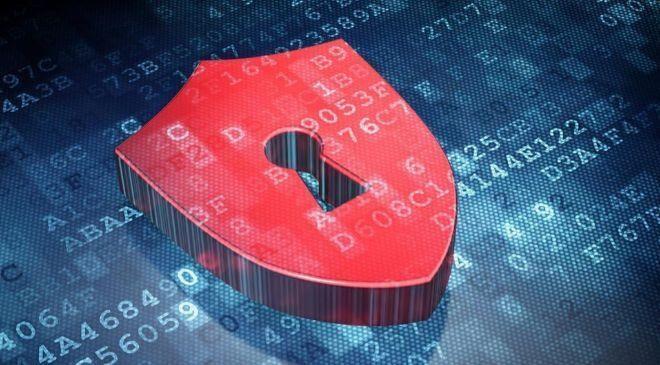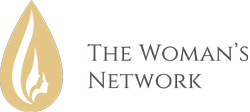
Dissents at Federal Open Market Committee (FOMC) meetings in recent years would suggest otherwise. The opposite of a hawk is known as a dove, or an economic policy advisor who prefers monetary policies that involve low interest rates. Doves typically believe that lower rates will stimulate the economy, leading to an increase in employment. More recently, Minneapolis Fed President Narayana Kocherlakota has been perceived as switching sides.
Rebalancing does not protect against a loss in declining financial markets. Investors should consult with their tax advisor before implementing such a strategy. The good news, as we have noted, is that about 80% of the U.S. stock market has already re-priced to reflect these rate dynamics. That means there is ample opportunity for active stock-picking among securities that are well off their prior highs. Consider taking profits from defensive growth stocks and long-duration assets and adding exposure to quality cyclicals with undervalued cashflows. These projections imply a world of lower-for-longer interest rates and persistent negative real, or inflation-adjusted, rates, despite a return to sustained above-average economic growth.
What Is the Fed Reserve?
Besides doing this by raising interest rates, they also do this by reducing the money supply. The effects on investors and others can be sweeping, ranging from higher unemployment and less availability of credit to more stable and predictable prices. We have been able to give definition to the common context but it could also refer to someone who is predominantly focussed on a specific aspect of an endeavor or a pursuit.
Why is Hawkish good for currency?
A Hawkish monetary policy means the interest rates will be higher. So, investors will move their funds from other countries to earn higher interest rates here. So when a country adopts a Hawkish stance, demand for its currency will rise and appreciate.
Doves are sometimes portrayed as being unconcerned with inflation, but all members of the FOMC seek to keep inflation expectations low and stable over the long run. “I’m certainly not as hawkish as Jeff Lacker is, but both of us were very strong advocates of inflation targeting. And both of us are equally concerned about unhinging inflation expectations.” When interest rates rise, bond prices fall; generally the longer a bond’s maturity, the more sensitive it is to this risk. Bonds may also be subject to call risk, which is the risk that the issuer will redeem the debt at its option, fully or partially, before the scheduled maturity date. This is the risk that the issuer might be unable to make interest and/or principal payments on a timely basis. Bonds are also subject to reinvestment risk, which is the risk that principal and/or interest payments from a given investment may be reinvested at a lower interest rate.
Examples of a Hawkish Policy
A dovish Fed supports economic growth and wants to achieve maximum employment. It seeks to lower interest rates or keep them low, because loose monetary policy increases the money supply. Unlike hawks, doves or those who hold a dovish monetary stance, opt for lower interest rates due to the fact that it is likely to increase the amount of money in circulation. In addition, dovish members prefer to maximize employment rates while supporting economic growth.
What happens if the Fed increases money supply?
An increase in the supply of money works both through lowering interest rates, which spurs investment, and through putting more money in the hands of consumers, making them feel wealthier, and thus stimulating spending.
“It’s a debate that has continued over time and still exists today,” says David Wheelock, vice president and deputy director of research at the St. Louis Fed. 86% of retail investor accounts lose money when trading CFDs with this provider. You should consider whether you understand how CFDs work and whether you can afford to take the high risk of losing your money. As an example, doves tend to be in favour of quantitative easing, seeing it as a way to stimulate the economy. In contrast, hawks usually oppose quantitative easing, viewing it as a distortion of asset markets.
How Hawkish Monetary Policy Affects Interest Rates
They constantly fight with the doves who are rather concerned about unemployment and prefer lower interest rates and easy monetary policy to support economic growth. As a group, government monetary policymakers tend to turn hawkish and dovish in response to economic cycles. For instance, when the economy appears to be headed into https://forexhero.info/the-pin-bar-trading-strategy/ a recession, monetary policies are likely to encourage lower interest rates, a looser money supply and more consumption and hiring – in other words, a dovish response. If, on the other hand, the economy has been expanding for a while and inflation is starting to increase, a hawkish tendency is likely to become more noticeable.
- Its guidance, for example, trails market pricing and the central bank’s own expectations for economic growth and inflation, which foresee real GDP of more than 3.5% and annual inflation above 2.5% for the next few years.
- Hawks and hawkish policy are more aggressive in nature, whether in terms of monetary policy or military stance during a potential conflict.
- They are also used to describe how FOMC members vote on changes to the federal funds rate, the Fed’s primary policy tool.
- Investors in a period of hawkish monetary policy tend to put their money in assets that will take advantage of rising interest rates and protect against inflation.
- In order to moderate the rise in prices and wages, this tendency will pursue higher interest rates and a tighter money supply.
Therefore, policymakers must carefully balance the short-term benefits of promoting growth with the potential long-term risks of higher inflation and economic instability. Hawks are often more conservative in their approach to monetary policy and prioritise maintaining the value of the currency over other economic objectives. They may be less concerned about the negative impact these policies could have on consumer spending, employment and overall economic growth. A monetary hawk definition is a policymaker or economist who is focused on controlling inflation as their primary objective in monetary policy. Hawks generally believe that higher interest rates and tighter monetary policy are necessary to keep inflation in check.
How High Will Interest Rates Rise?
With high-interest rates, people are disinterested in loans and tend to save more. High rates reducerisk, making banks more likely to approve borrowers with tainted credit histories. Likewise, when a country increases its interest rates but its trading partners fail to do so, this will result in a fall in the prices of imported goods. Each year the Federal Open Market Committee meets eight times to discuss interest rates. These rates are the ones the regional Federal Reserve Banks uses to set what they charge their clients. The interest rates also apply to other depository institutions that give loans.
Why the Fed Must Pause, CPI, Market Narrows, China Easing … – RealMoney
Why the Fed Must Pause, CPI, Market Narrows, China Easing ….
Posted: Tue, 13 Jun 2023 11:27:36 GMT [source]
Is Jerome Powell hawkish or dovish?
“Powell was not overtly dovish, but he definitely was not hawkish,” said Erik Bregar, director, FX & precious metals risk management, at Silver Gold Bull in Toronto. “So you're seeing bond market cover hawkish bets, same thing with FX.

